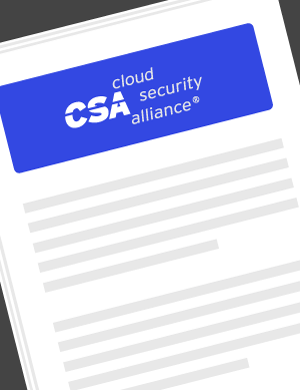Download Publication

Who it's for:
- cloud customers
- cloud security practitioners
- security architects
- security engineers
Secure Connection Requirements of Hybrid Cloud
Release Date: 11/05/2021
Working Group: Hybrid Cloud Security
The National Institute of Standards and Technology (NIST) defines hybrid cloud infrastructure as
a composition of distinct cloud infrastructures (private, community, and/or public) that remain unique entities. These infrastructures are bound together by standardized or proprietary technology that enables data and application portability.
Hybrid cloud is becoming an essential enterprise cloud model that allows the best of both worlds, providing customers with diverse resources to run different workloads depending on their needs. To successfully secure this complex landscape, enterprises should develop and employ perimeter, transmission, storage, and management cross-cloud security capabilities. This document from the Hybrid Cloud Security Working Group lists best practices for these four areas of security, along with their applicability to the Cloud Controls Matrix (CCM).
Key Takeaways:
- What private, public, community, and hybrid cloud are
- Cross-cloud security best practices
- The ideal architecture for hybrid cloud connectivity
- The CCM v4 control domains referenced in these cross-cloud security capabilities
Download this Resource
Prefer to access this resource without an account? Download it now.
Related Resources
Interested in helping develop research with CSA?
Related Certificates & Training
.png)
Learn the core concepts, best practices and recommendation for securing an organization on the cloud regardless of the provider or platform. Covering all 14 domains from the CSA Security Guidance v4, recommendations from ENISA, and the Cloud Controls Matrix, you will come away understanding how to leverage information from CSA's vendor-neutral research to keep data secure on the cloud.
Learn more
Learn more



.jpeg)
.jpeg)
.jpeg)
.jpeg)